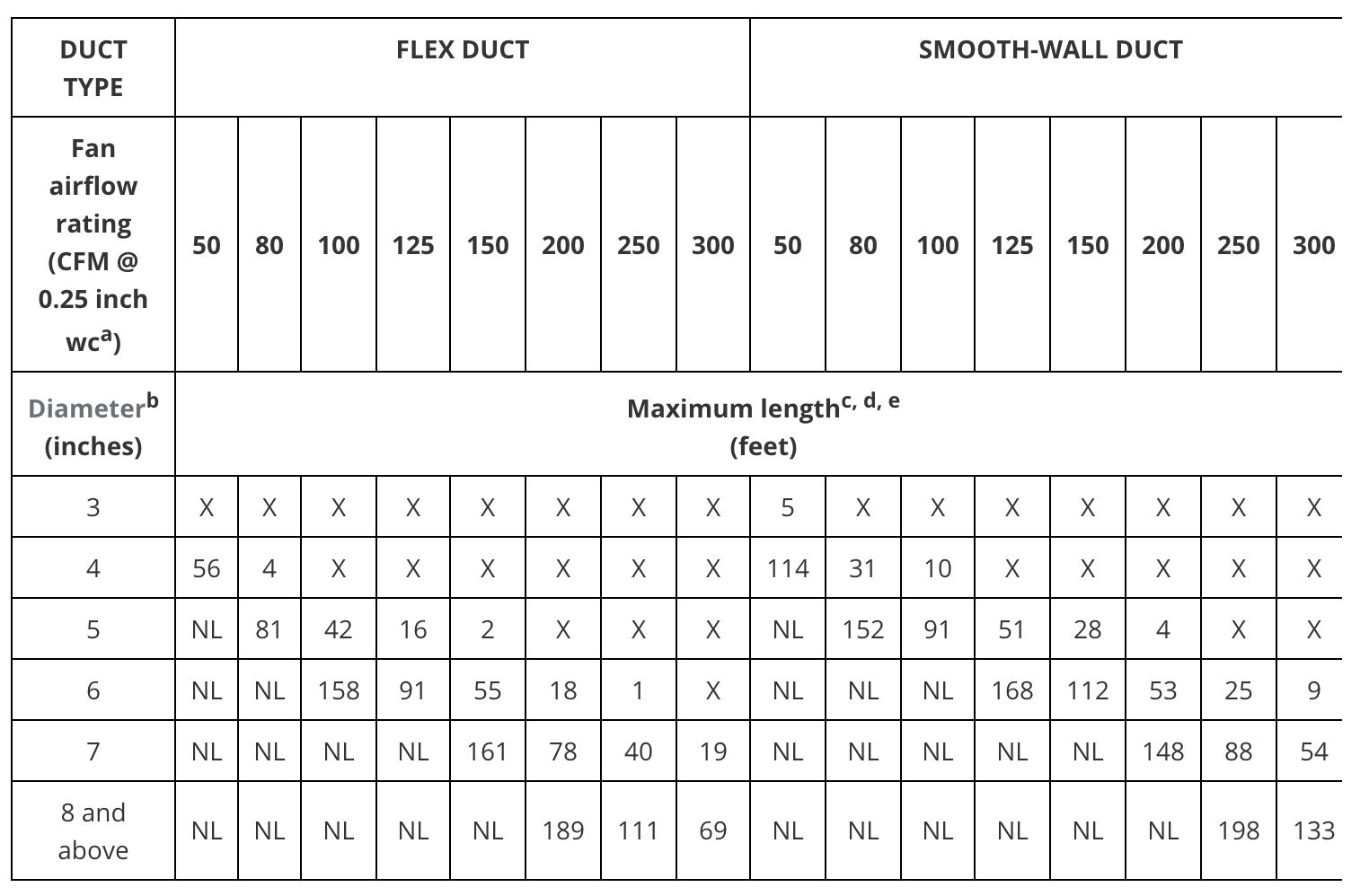Understanding Bathroom Vent Fan Sizing Requirements: How To Size A Bathroom Vent Fan

How to size a bathroom vent fan – Determining the appropriate size of a bathroom vent fan is crucial for maintaining optimal indoor air quality and preventing moisture-related issues. Several factors influence the sizing requirements, including the bathroom’s dimensions, the number and type of fixtures, and the ceiling height.
To ensure optimal ventilation, selecting the right-sized bathroom vent fan is crucial. Consider factors like bathroom size and moisture levels. For added convenience and ambiance, consider a bathroom exhaust fan with LED light and nightlight. It provides illumination and a soothing glow while efficiently removing excess moisture and odors.
When choosing a fan, remember to calculate the required CFM (cubic feet per minute) to ensure adequate airflow and prevent condensation.
Bathroom Size and Fixtures, How to size a bathroom vent fan
The size of the bathroom is a primary determinant of the vent fan’s CFM (cubic feet per minute) rating. Larger bathrooms require higher CFM ratings to effectively remove moisture and odors. Additionally, the number and type of fixtures, such as showers, bathtubs, and toilets, also impact the CFM requirements.
To ensure optimal ventilation, sizing a bathroom vent fan is crucial. Consider factors like bathroom size, ceiling height, and moisture levels. For a comprehensive guide on fan sizing, explore the best bathroom extractor fan UK article. Remember, proper ventilation helps prevent moisture buildup, mold growth, and unpleasant odors, ensuring a comfortable and healthy bathroom environment.
| Bathroom Size (sq ft) | Fixtures | Recommended CFM Rating |
|---|---|---|
| 50-100 | Shower or bathtub | 50-80 |
| 100-150 | Shower and bathtub | 80-120 |
| 150-200 | Shower, bathtub, and toilet | 120-150 |
Building Codes and Industry Standards
When sizing a vent fan, it is essential to adhere to building codes and industry standards. These regulations ensure that the fan meets minimum ventilation requirements and operates efficiently. Failure to meet these standards can compromise indoor air quality and lead to health hazards.
Methods for Calculating Bathroom Vent Fan Size

Calculating the appropriate size for a bathroom vent fan is crucial for ensuring effective ventilation and moisture removal. Two primary methods are commonly used: the CFM calculation formula and the blower door test.
CFM Calculation Formula
The CFM (cubic feet per minute) calculation formula determines the minimum required airflow rate for a bathroom vent fan based on the room’s volume. The formula is:
CFM = (Room Volume) x (Air Changes per Hour)
where:
* Room Volume = Length x Width x Height (in cubic feet)
* Air Changes per Hour = 8 (recommended minimum for bathrooms)
For example, a bathroom with dimensions of 8 ft x 10 ft x 8 ft would require a vent fan with a minimum CFM of:
CFM = (8 ft x 10 ft x 8 ft) x 8 = 640 CFM
Blower Door Test
The blower door test is a more accurate method for measuring bathroom ventilation needs. It involves sealing all openings in the bathroom except for the vent fan and using a fan to create negative pressure inside the room. The amount of air drawn in through the fan is then measured to determine the actual CFM required.
Online Calculators and Software Tools
Online calculators and software tools are available to simplify the vent fan sizing process. These tools typically require the input of bathroom dimensions and other factors to estimate the appropriate fan size. However, it’s important to note that these tools provide only an approximation and may not be as accurate as the CFM calculation formula or blower door test.
Considerations for Optimal Bathroom Ventilation

Ensuring proper ventilation in bathrooms is crucial for maintaining a healthy and comfortable indoor environment. Adequate ventilation helps control moisture levels, eliminates odors, and improves overall air quality, creating a more pleasant and hygienic space.
To achieve optimal ventilation, careful consideration must be given to ductwork and fan placement. Ductwork should be sized appropriately to ensure efficient airflow, and fans should be positioned strategically to maximize air circulation. Additionally, employing noise-dampening techniques can minimize fan noise levels, ensuring a quieter bathroom experience.
Ductwork Sizing and Installation
Proper ductwork sizing is essential for ensuring adequate airflow and preventing moisture buildup. The diameter of the duct should be matched to the capacity of the fan to avoid airflow restrictions. Additionally, ductwork should be installed with minimal bends and turns to reduce airflow resistance.
Fan Placement for Effective Air Circulation
The placement of the bathroom vent fan is crucial for effective air circulation. The fan should be positioned near the source of moisture, such as the shower or bathtub, to efficiently capture and remove moisture-laden air. Additionally, the fan should be installed on an exterior wall to ensure proper exhaust.
Noise Minimization Techniques
To minimize fan noise levels, several techniques can be employed. Using a fan with a lower sone rating indicates a quieter operation. Additionally, installing a noise-dampening duct liner can further reduce noise transmission. Furthermore, mounting the fan on vibration-isolating pads can minimize noise and vibrations.